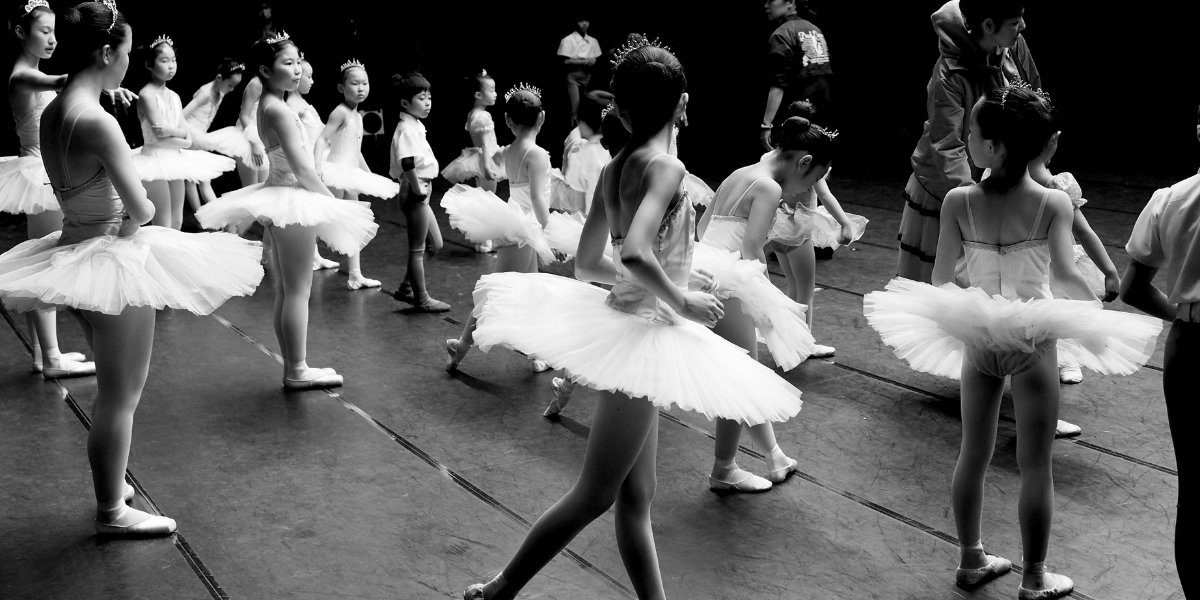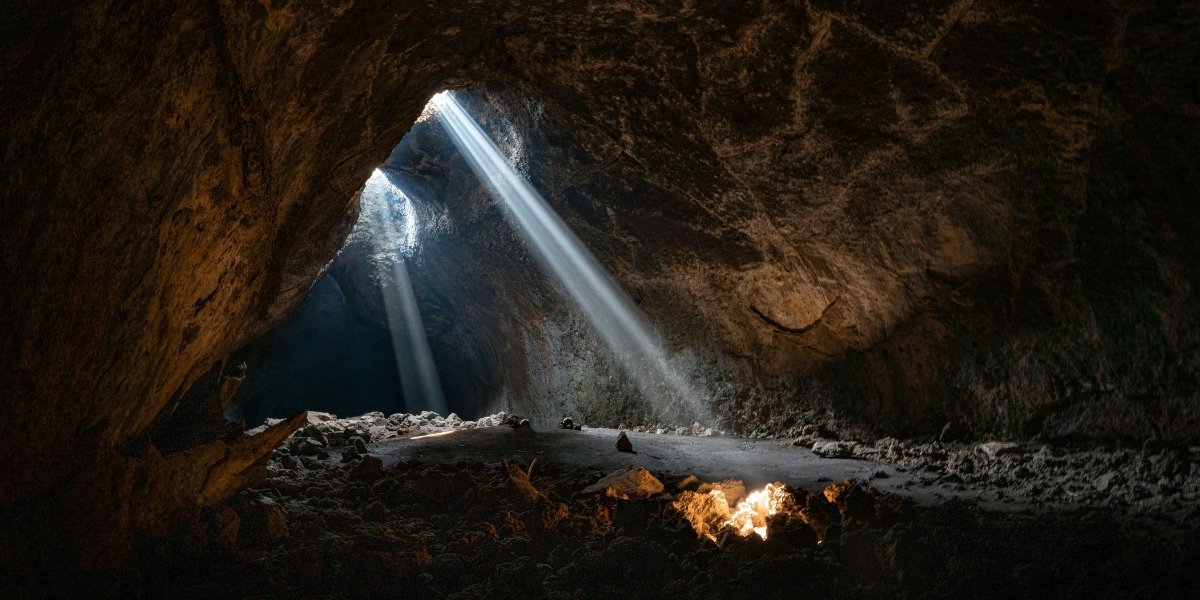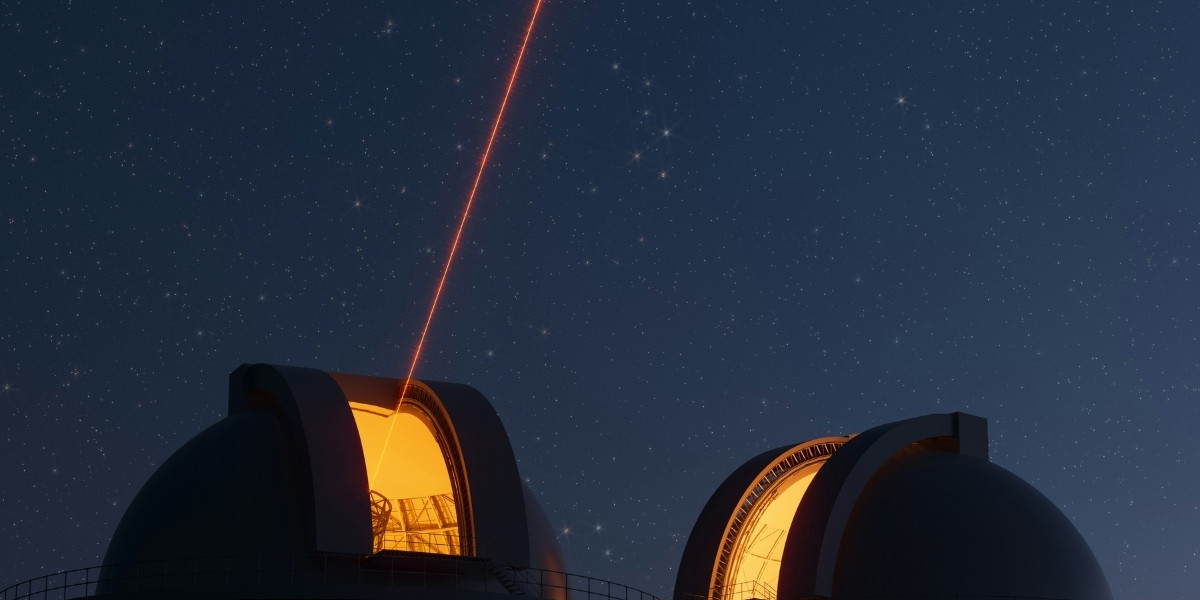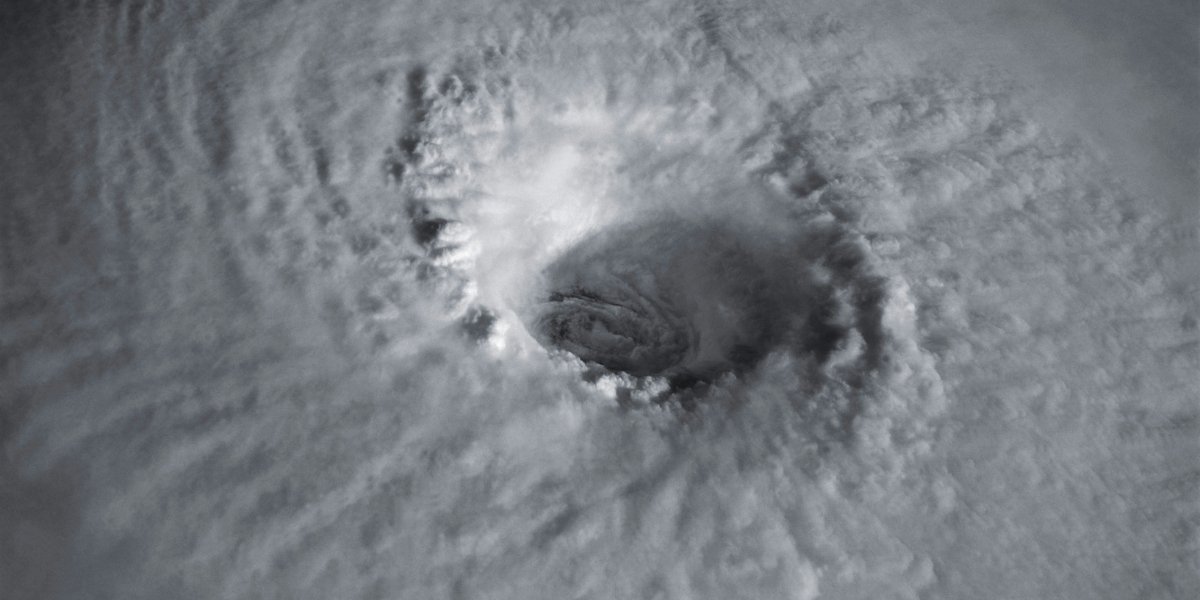Where Did Russia’s Grand Theatrical Dance Tradition Begin?
The illustrious tradition of Russian theatrical dance, as we know it today, has roots stretching back centuries, though it truly flourished during the Imperial era. While its origins can be traced to European court entertainments, especially those from Italy and France, Russia proved to be fertile ground for its unique development. Peter the Great initially introduced this art form as a means to elevate Russia’s cultural standing in the eyes of Europe. By the 18th century, with the establishment of the first specialized schools, a more formal structure began to emerge, laying the groundwork for the future global dominance of this expressive performance art.
Key figures like the French dance master Jean-Baptiste Landé, invited to St. Petersburg in 1738, played a pivotal role in nurturing local talent. He recognized an inherent aptitude for movement within Russian students, leading to the foundation of the Imperial Dance School, which would later become the renowned Vaganova Academy. This dedication to formal training and the meticulous passing down of technique from one generation to the next became a distinguishing characteristic. Early performances often served to entertain the royal court, showcasing a blend of imported styles with a burgeoning Russian sensibility.
Read Also: Exploring the Evolution of Dance Through the Years
Over time, this performing art absorbed various influences, from the rigid canons of the French school to the more acrobatic flair of Italian traditions, organically blending them into a distinct Russian practice. This fusion, coupled with the immense support of the aristocracy and later, the state, allowed the art form to grow in scale and artistic ambition. The meticulous attention to detail in training, combined with lavish productions, set the stage for the dramatic rise of this Russian artistic expression.
What Defined the Golden Age of Russian Stage Dance?
The late 19th century is often regarded as the golden age for Russian stage dance, a period marked by unprecedented creativity and technical mastery. This era saw the flourishing of classical works that remain cornerstones of the repertoire worldwide. Choreographers like Marius Petipa, though French-born, found their artistic home and greatest success within the Russian Imperial theaters, particularly the Mariinsky in St. Petersburg. Petipa’s vision, combined with the genius of composers such as Pyotr Ilyich Tchaikovsky, produced masterpieces that redefined the art form.
Works like “Swan Lake,” “The Nutcracker,” and “The Sleeping Beauty” exemplify the grandeur and technical demands of this period. These productions were characterized by their epic scale, intricate storytelling through movement, dazzling costumes, and elaborate sets. They demanded a new level of virtuosity from dancers, emphasizing pristine classical technique, including precise pointe work, soaring leaps, and elegant partnering. The development of the Vaganova method, a rigorous training system, further cemented the technical prowess that became synonymous with Russian dancers.
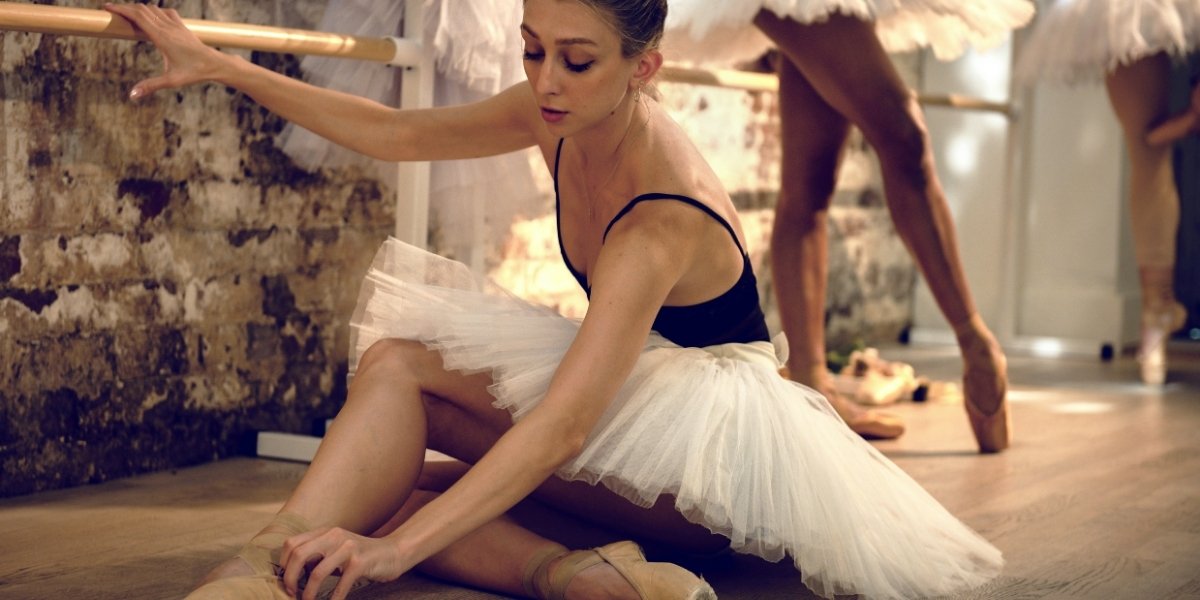
This period also saw the development of a unique performance style. Dancers from Russian schools cultivated a distinct “handwriting” in their movement – a harmonious plasticity, expressive use of the arms (port de bras), and an iron aplomb, or perfect balance. This comprehensive training system ensured a consistent style and unparalleled execution, from the corps de dance to the leading soloists. The emphasis on dramatic content, form, and music in creating a unified production truly crystallized the classical form during this transformative period.
How Did Russian Performing Arts Companies Shape Global Dance?
Russian performing arts companies, particularly the Bolshoi Theater in Moscow and the Mariinsky Theater in St. Petersburg, have played an indelible role in shaping the global landscape of dance. These institutions became beacons of artistic excellence, setting benchmarks for technical precision and emotive storytelling that resonated across continents. Their tours to Western Europe and America in the early 20th century, notably with Sergei Diaghilev’s Ballets Russes, introduced audiences to a revolutionary approach to performance, influencing not just dance but also music, art, and fashion.
The impact extended beyond performances, deeply affecting dance education and methodology worldwide. The Vaganova method, developed by Agrippina Vaganova, became a globally adopted training system, esteemed for its thorough and methodical approach to building strength, control, and grace. This systematic training produced a lineage of legendary dancers and choreographers who emigrated and enriched companies around the world, spreading the distinctive Russian style and technique. Artists like Anna Pavlova, Rudolf Nureyev, and Mikhail Baryshnikov became international icons, further cementing Russia’s reputation.
Even today, the influence is palpable in dance studios and companies across the globe. Russian-trained instructors hold leading positions, passing on expertise to new generations of dancers. Choreographers often draw upon the rich technical and artistic traditions when creating contemporary works, demonstrating the enduring legacy of this heritage. The profound technical mastery and emotional depth that performers from this tradition bring to the stage continue to captivate audiences and inspire artists worldwide.
What Are the Defining Characteristics of Russian Theatrical Dance?
The art of Russian theatrical dance is distinguished by several defining characteristics that contribute to its unique power and appeal. At its core is an emphasis on meticulous technique, built upon rigorous training from a young age. Dancers develop exceptional strength, flexibility, and precision, particularly in complex sequences involving pointe work, intricate turns (pirouettes), and dynamic leaps. This technical foundation allows for an effortless appearance, even in the most demanding movements, creating an illusion of weightlessness and fluid motion.
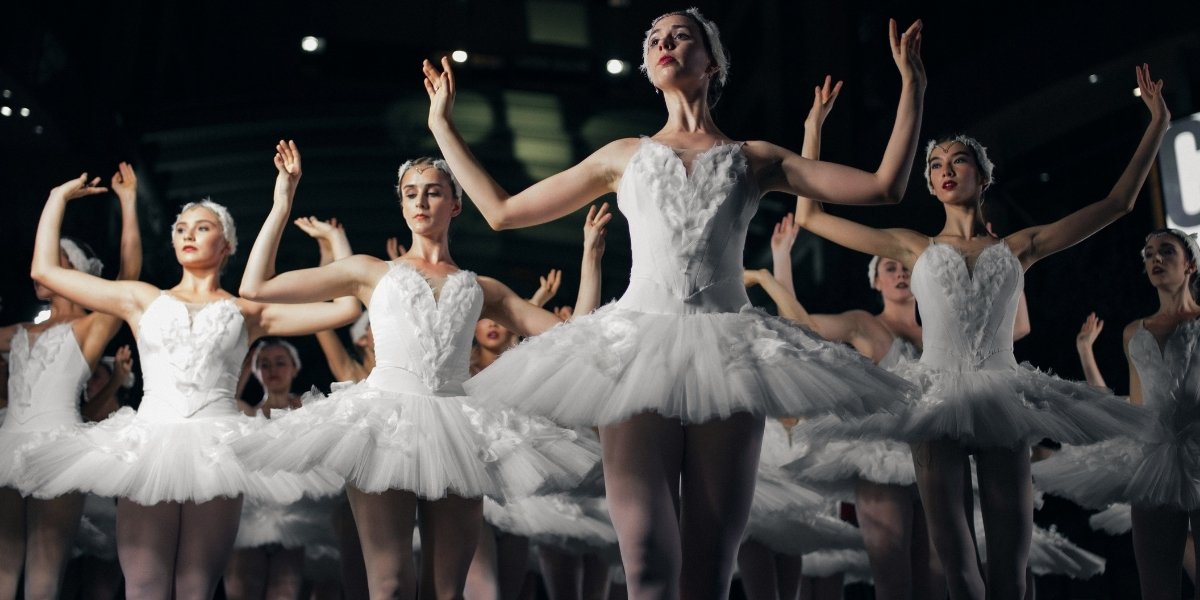
Beyond technical virtuosity, a profound sense of dramatic artistry and emotional depth is paramount. Russian performers are renowned for their ability to convey complex narratives and human emotions through movement and facial expression, transforming dance into a powerful form of storytelling. This expressive quality is integrated into every gesture, from the nuanced port de bras (arm movements) to the expressive use of the upper body, ensuring that every role is imbued with psychological realism and emotional resonance. The dance becomes a visual language capable of profound communication.
Musicality is a deeply ingrained characteristic. Dancers are trained to interpret and embody the nuances of the score, allowing the music to flow through their movements rather than merely accompanying them. This deep connection between sound and motion creates a cohesive and immersive experience for the audience. The harmonious plasticity of movement, combined with an iron aplomb and noble carriage, ensures a distinct and recognizable “handwriting” that has come to define the beauty and authority of this esteemed Russian performance art.
What Challenges and Enduring Legacy Does This Art Form Face?
Despite its celebrated history and global influence, the art of Russian theatrical dance faces ongoing challenges in the 21st century. The changing landscape of the arts, including increased competition from diverse contemporary dance forms and evolving audience preferences, necessitates continuous adaptation. Institutions must balance preserving classical traditions with fostering innovation to remain relevant and engaging for new generations of viewers. Funding and support for the demanding training and lavish productions also remain perpetual considerations.
Read Also: Explore Russia’s Diverse Natural Wonders and Landscapes
The enduring legacy of this artistic tradition is undeniable. Its contributions to the global dance vocabulary, through groundbreaking choreography, innovative training methods, and legendary performers, are permanent fixtures in the history of performing arts. The classical works originating from this period continue to be performed by companies worldwide, a testament to their timeless beauty and universal appeal. The Mariinsky and Bolshoi remain iconic centers, symbolizing the pinnacle of this art form.
The rich tradition of Russian theatrical dance continues to inspire and evolve. Its emphasis on technical excellence, profound artistry, and emotional storytelling has left an indelible mark on the world stage. As it navigates modern challenges, its core principles of discipline, expression, and dedication to the highest artistic standards ensure its continued power to captivate audiences and influence the development of dance globally. This enduring artistic heritage remains a vibrant and essential part of the world’s cultural tapestry.

